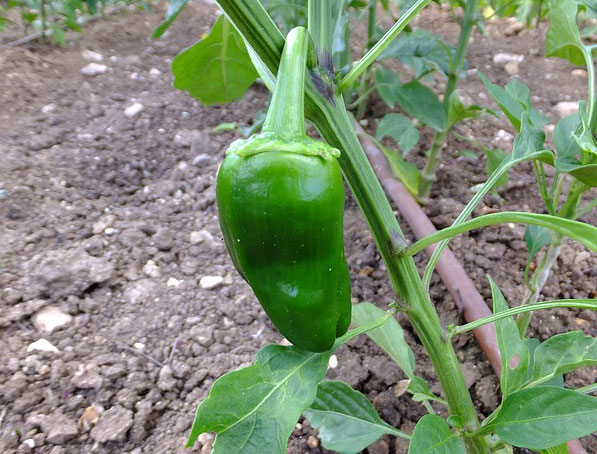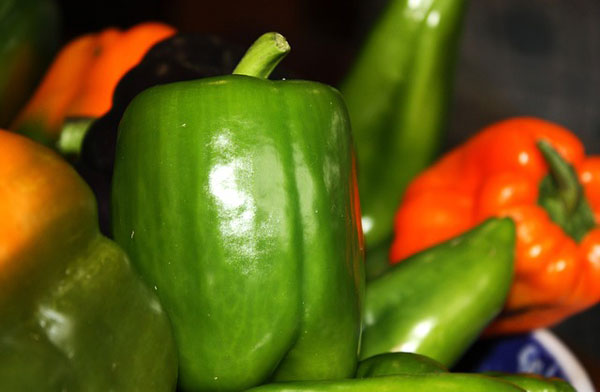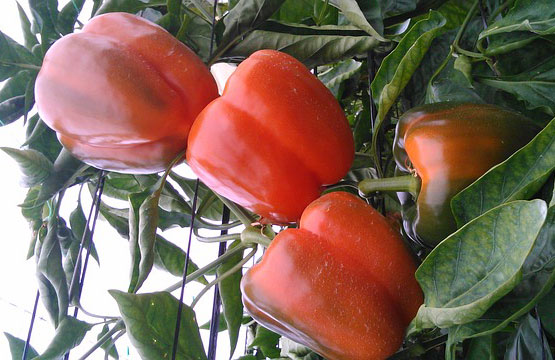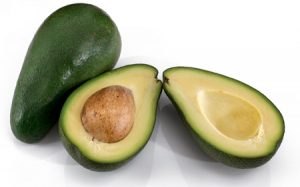If you have an idle piece of land, you can make extra money through pilipili hoho farming in Kenya. Pilipili hoho (also called capsicum or bell peppers) is one of various products grown through greenhouse farming in Kenya.
Pilipili hoho farming in Kenya is very lucrative: the demand for pilipili hoho is very high, and an acre of pilipili hoho can give an income of Ksh 500,000 or more in a single season of 4-6 months.
Pilipili hoho do not grow tall (mature plants are usually less than 50 cm high but can also reach 3 feet in height), and are not too wide (1 to 3 feet). An acre of land can hold about 10,000 pilipili hoho plants when planted at the recommended spacing of 75cm by 45cm. If you harvest a minimum of 10 peppers from each pilipili hoho plant, it means that with good management, top dressing and pest & disease control, an acre of land can yield over 100,000 fruits per season.
As with all agricultural products, prices of this libido boosting plant vary according to weather, onset of rains and supply variations. Colored peppers also have bigger returns than green hoho and are good for male sexual health.
Pilipili hoho farming in Kenya is not a risky venture. Pilipili hoho are hardy plants that perform best in hot weather. The most common Capsicum disease is the late blight. Late blight mainly affects plants of the Solanaceae/ Nightshade botanical group–tomatoes, potatoes, eggplants and capsicums.

The disease causes the plant to wither and die, but can be prevented and controlled by spraying fungicides, planting healthy plants, destroying weeds that are affected by the disease, crop rotation and destroying infected plants and planting at the recommended spacing.
Pilipili hoho farming in Kenya is also done outdoors, but at a higher risk of diseases and pests. Common pilipili hoho pests include thrips (that attack the flowers), spider mites (in very hot regions) and white flies (during cold seasons). Birds are also a big threat to pilipili hoho that are grown outdoor–once they begin to ripen the birds start feasting on the fruits.
How to Make Money with Pilipili Hoho Farming in Kenya
Another way to reduce pilipili hoho diseases is to use drip irrigation as wet capsicum leaves encourage growth of fungus such as the late blight.
Follow the following tips to make money through pilipili hoho farming in Kenya:
- Plant hardy varieties: There are several varieties of pilipili hoho available, and their performance will depend with the region they are being grown in. Grow superior varieties such as the California Wonder that is marketed by the Kenya Seed Company and Simlaw Seeds. Plant the seeds in a sunken or raised nursery bed. Sunken nurseries are better at retaining water than the raised ones. Space the rows at a minimum of 1.5 inches (in the seedbed). Closer spacing will lead to weak and thin seedlings. Pilipili hoho seeds germinate after two weeks, but can take up to 3 weeks in cool weather. The seedlings are ready for transplanting after 6 weeks.
- Use manure and fertilizers: Cow manure is widely available in Kenya. You can also buy goat manure to get maximum returns with pilipili farming in Kenya. Add manure to the nursery bed and the main planting field to get healthy seedlings and to reduce transplanting shock. Mix a spoon-full of D.A.P fertilizer per planting hole during transplanting, and top-dress later with C.A.N. These fertilizers are common in local Agro-vet shops, and from local coffee and tea factories.
- Use drip irrigation: Pilipili hoho farming in Kenya performs best in hot weather, but the plants need a regular supply of water since their roots do not go deep. Overhead irrigation will increase the risk of fungal diseases such as late blight disease and pests such as thrips that thrive in wet conditions. Drip irrigation delivers water to the roots region while helping to keep the leaves of capsicum dry.
- Hardening-off: Harden-off the seedlings a day before transplanting by withdrawing or reducing watering. Then water the nursery just before transplanting to maintain soil around the roots. Transplant the pilipili hoho seedlings in the evening after sun-down. This will reduce the shock of transplanting, increase survival rates and cause the pilipili hoho to reach maturity faster.

- Harvesting: early harvests yield green capsicums. Pick the pilipili hoho fruits and store them in a shaded area to reduce the speed of ripening. Direct sunlight will reduce their quality by causing sun-burns. Transport to the market as quickly as possible since healthier pilipili hoho sell fastest.
In addition, inspect the capsicum plants regularly for any sign of pests or diseases: the earlier you notice and deal with them, the better. These are the tips to follow to make money through pilipili hoho farming in Kenya.
Share On Your Favorite Social Media!
Use the following links to spread the word...



